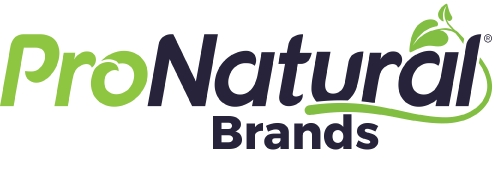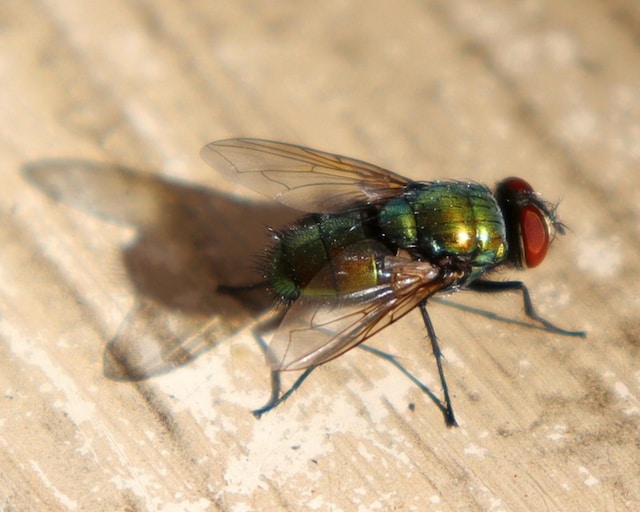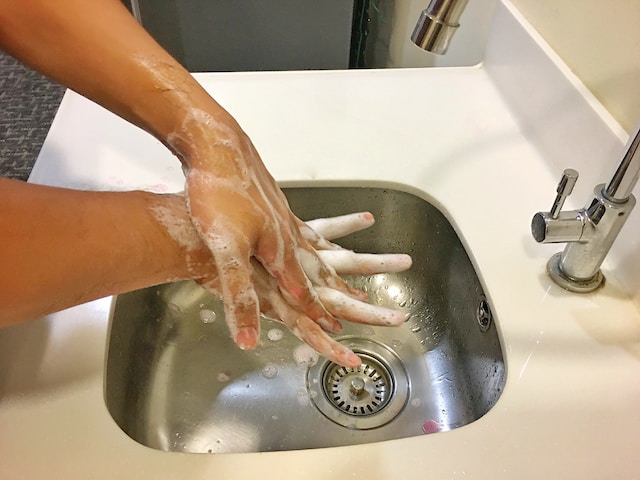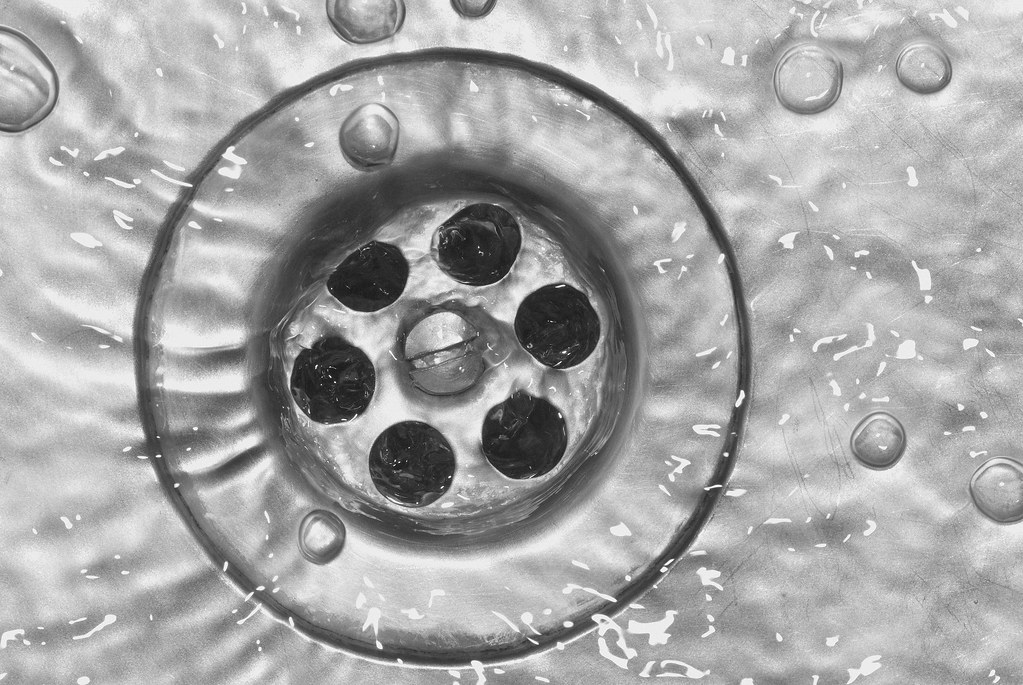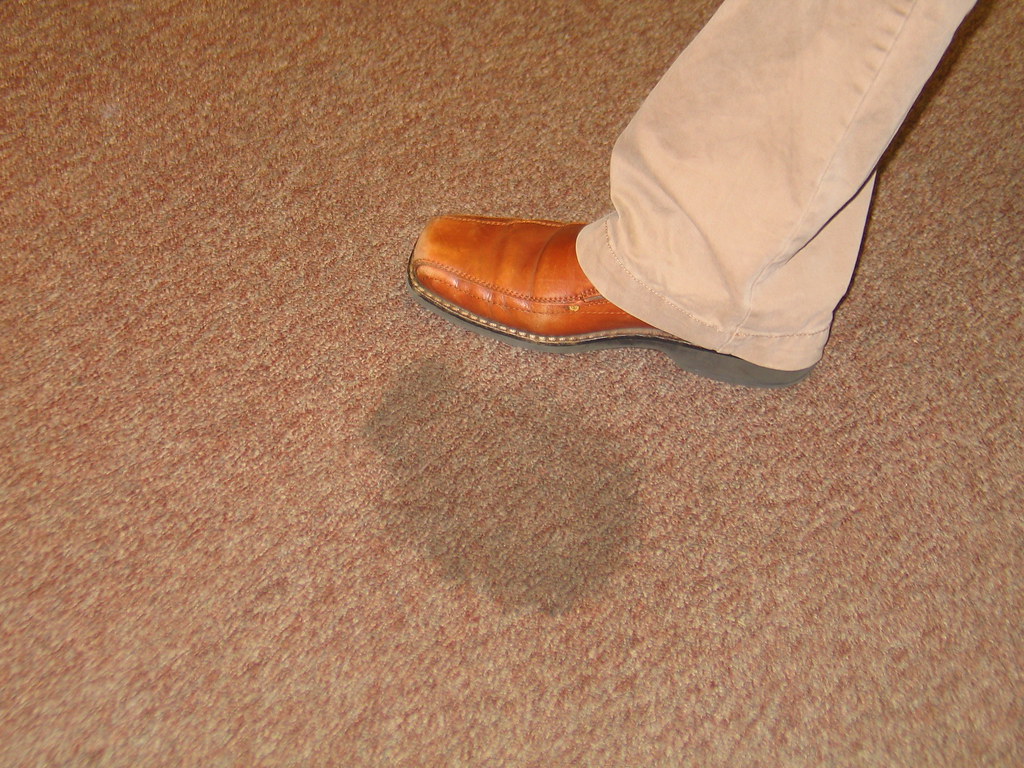Are citric-acid-based cleaning solutions a new cleaning alternative?
No. Citric-acid-based cleaning solutions are certainly not new. Ancient Egyptians used citric acid as an alternative to bleach thousands of years ago. They used it because it was effective, disinfected surfaces, and the ingredients were so plentiful, made from lemons, limes, and even pineapples, which grew throughout the area.
Is it an acid?
Yes. The fact that it is considered an “acid” is one reason some cleaning professionals and facility managers have shied away from using these cleaning solutions in the past. However, citric acid has a pH of between three and six. The pH scale span is 0 to 14, with zero very acidic, fourteen the least acidic, and seven considered neutral. This means citric acid is a relatively neutral acid. It is strong enough for effective cleaning but safe enough not to harm the user, building users, or the environment.
Other than cleaning surfaces, how else are citric-acid-based cleaning solutions used?
Many ways, in fact, some surprising ways. The European Space Agency now uses citric acid to clean and protect stainless steel. Formerly, nitric acid was used. But nitric acid is very acidic, posing a variety of safety hazards. “Citric acid is a promising replacement,” says the Agency. “It can be produced from natural sources, requires lower acid concentrations, and doesn’t generate toxic fumes or hazardous waste.” We should add citric-acid-based cleaning solutions are also used for cleaning copper, bronze, brass, stainless steel, and other metals, even car radiators.
When did citric-acid-based cleaning solutions first get recognition in the professional cleaning industry?
Many suggest it was during and after the pandemic. We soon discovered that some long-lasting disinfectants introduced during the pandemic were only effective in low-traffic areas of a facility.
In heavily trafficked areas, these applications could become overwhelmed quickly as people touch surfaces where they were applied. The result is that the disinfectant could lose effectiveness in days, giving people a false sense of protection.
Further, there is the fact that traditional disinfectants can be potentially harmful to the user, building users, and the environment. During the height of the pandemic, the U.S. Environmental Protection Agency reminded school administrators that every disinfectant and disinfectant cleaning wipe sold in the U.S. must include this statement on the label, “Keep Out of Reach of Children.” Traditional disinfectants are powerful cleaning solutions. In the U.S., they are classified as pesticides – because they kill living things.
How important is it that citric-acid-based cleaning solutions are derived from such sustainable resources?
Sustainability will become the watchword of the 21st century for many industries, including the professional cleaning industry. In the past, when facility managers and cleaning contractors considered selecting a product, they traditionally asked about durability, effectiveness, performance, and cost. Now they ask for one more thing: the product’s sustainability.
We can expect sustainability to become increasingly important in years to come. More organizations are now publishing sustainability reports. Because the fruits used to make citric acid are so sustainable and in abundant supply, using citric acid cleaners can help them meet and report their sustainability goals.
What is EDTA, and what does it have to do with citric-acid-based cleaning solutions?
EDTA refers to ethylenediaminetetraacetic acid. It is added to many traditional cleaning solutions to reduce the mineral content in hard water. This allows the cleaning solution to work more effectively. In low concentrations, it is relatively safe. Toxicity concerns develop when it is used in large concentrations or very frequently. Cleaning workers use products with EDTA every day, increasing their exposure to this potentially harmful chemical.
What does the FDA say about these cleaners, and why are they involved?
While many cleaning solutions are now made with citric acid, far more are used in food and as food additives. When used for cleaning, the United States Food and Drug Administration (FDA) considers citric acid a safe, biodegradable, environmentally friendly cleaning solution.
